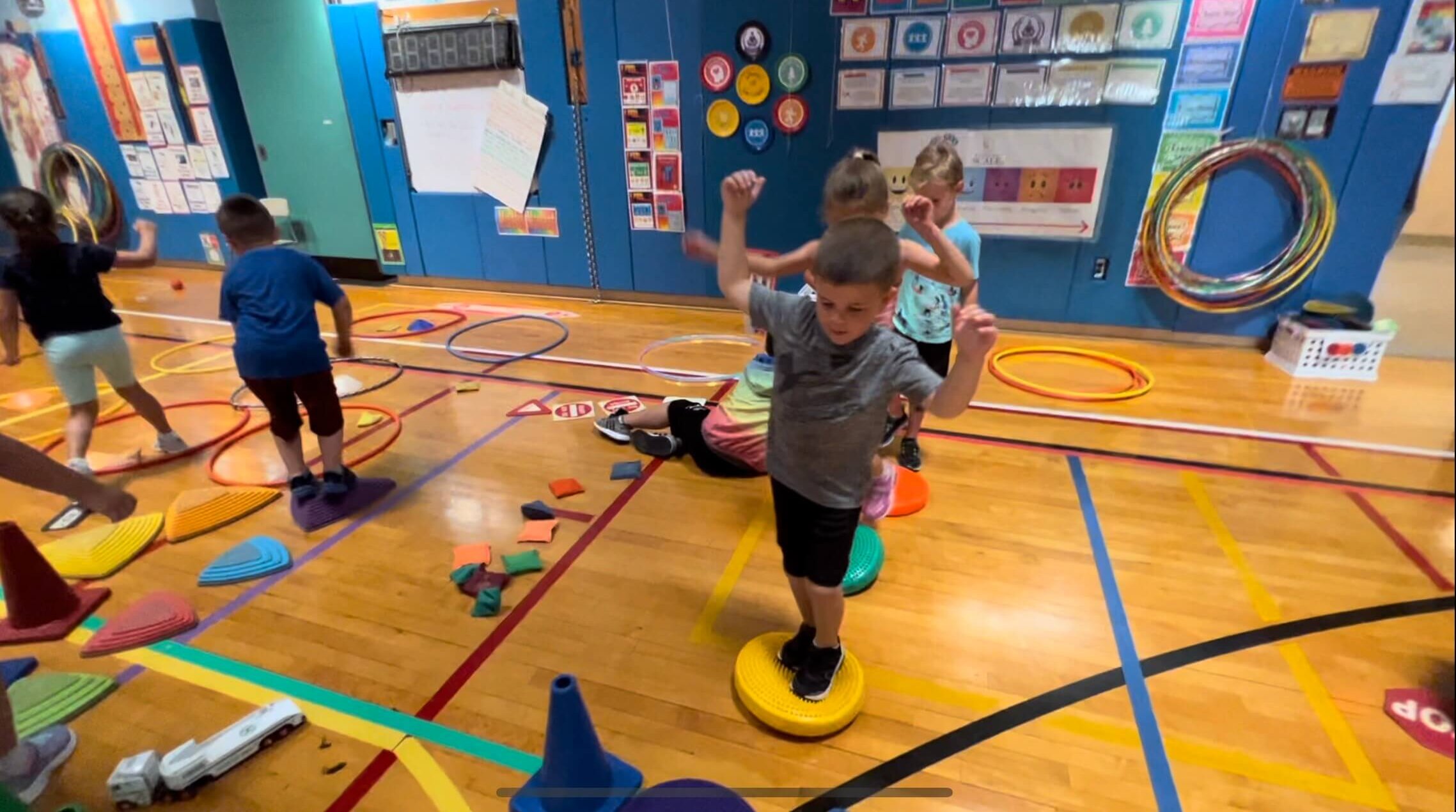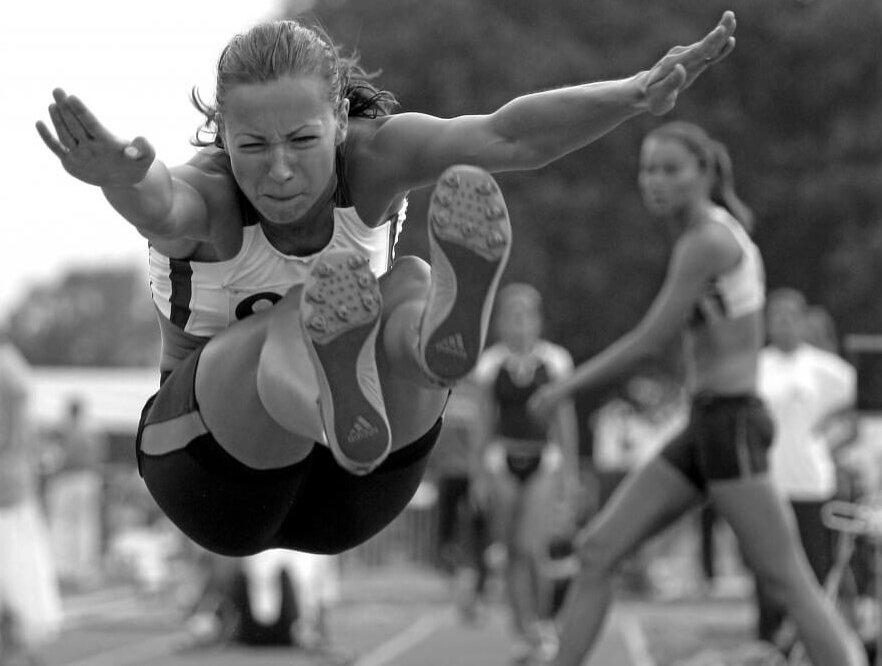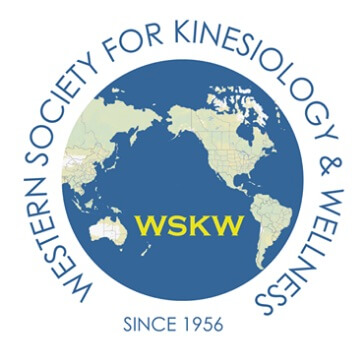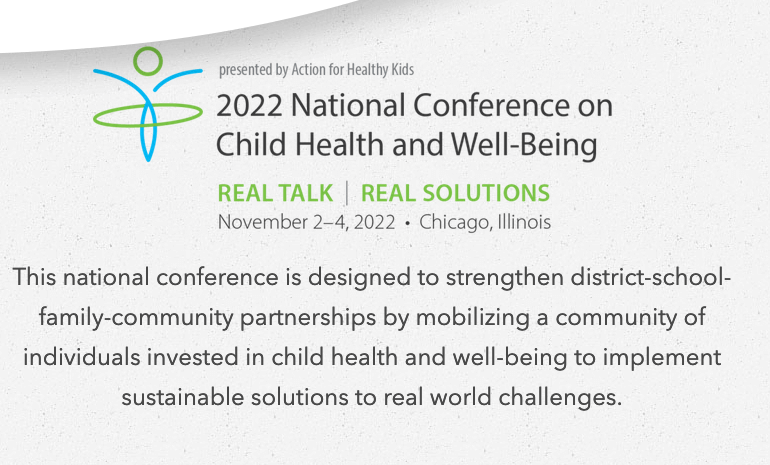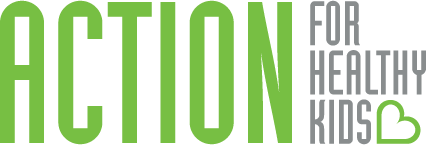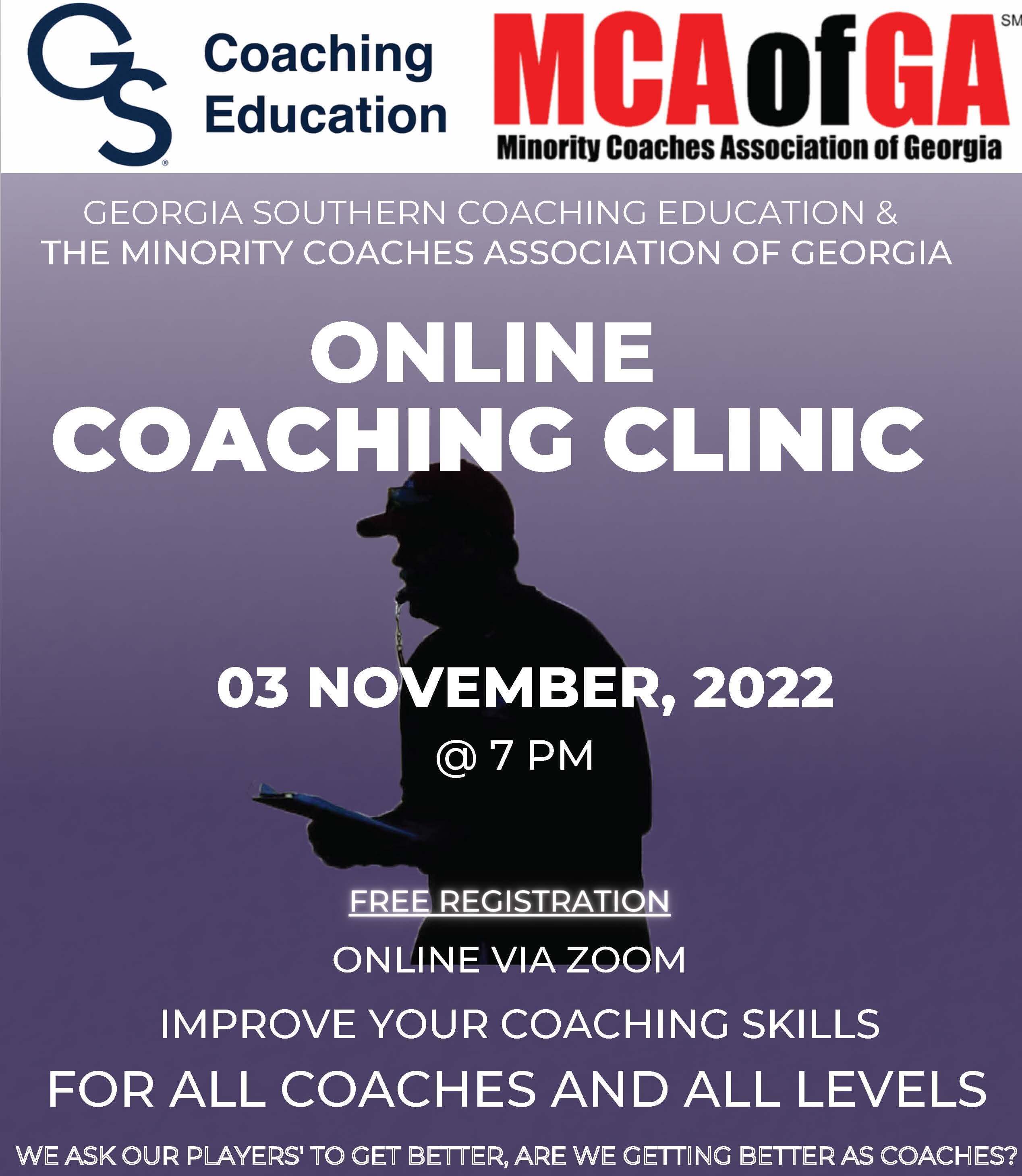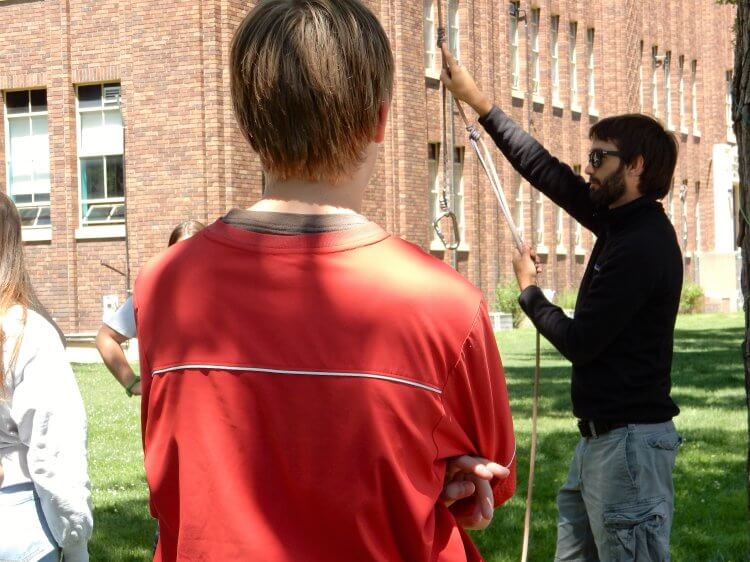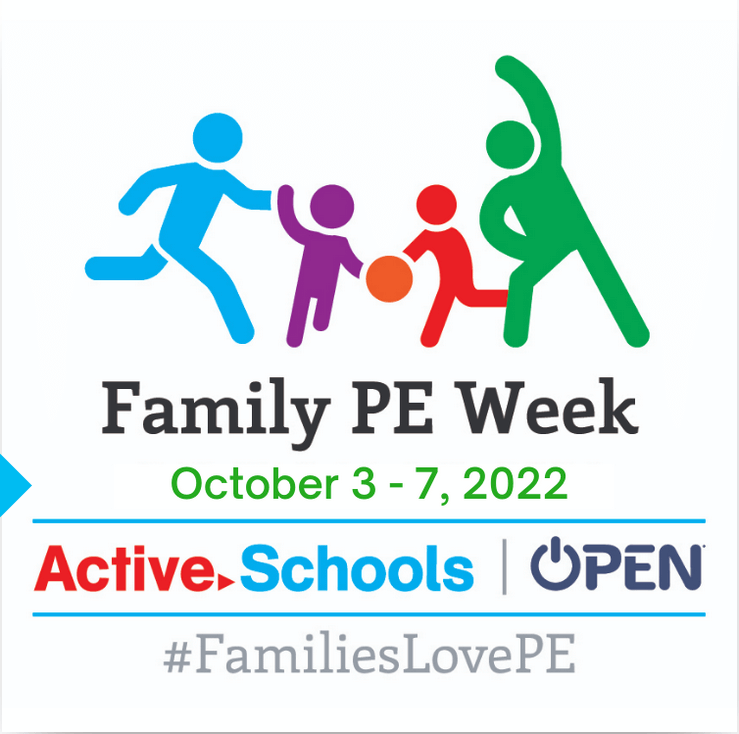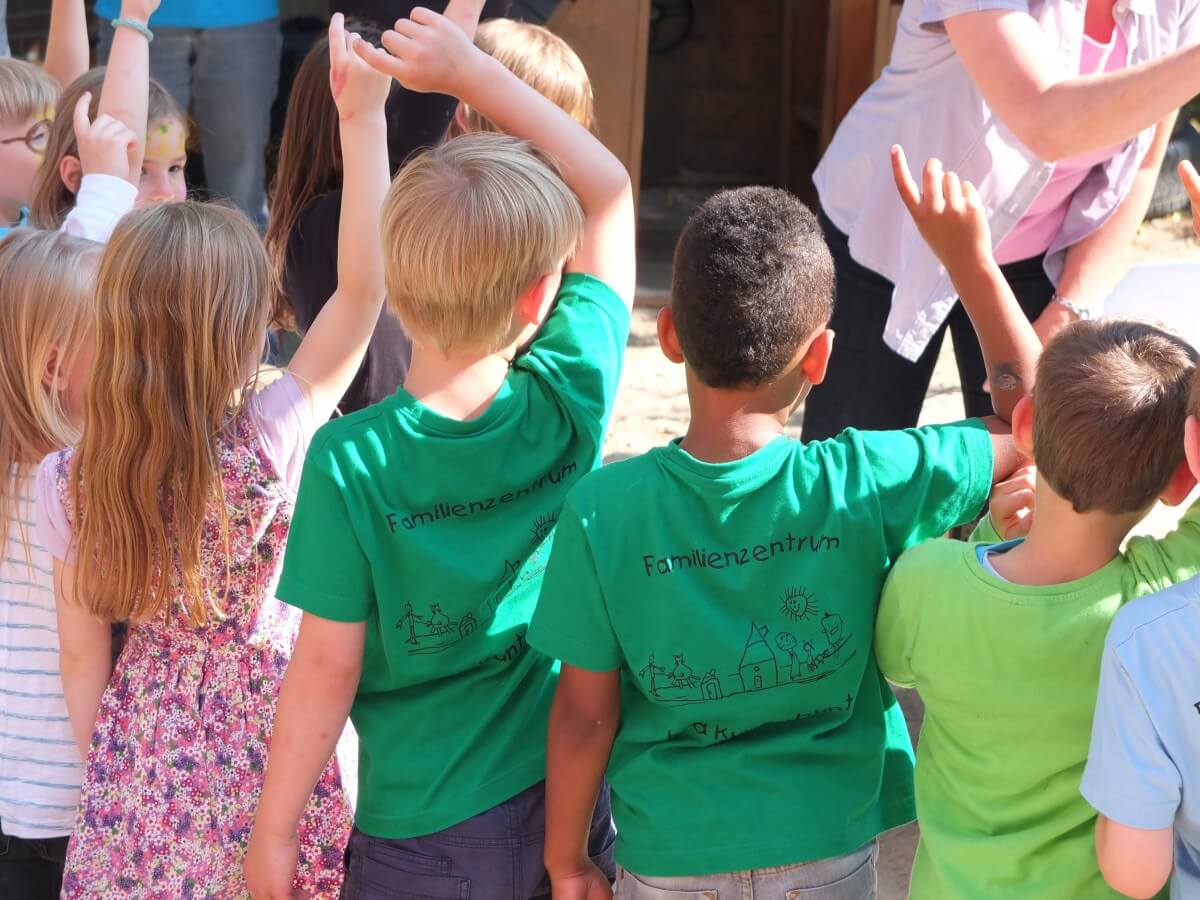
The global pandemic has wreaked havoc on academics, classrooms, and physical education. There is no doubt physical education and the physical development of children during their developmental years were greatly affected by the pandemic. Physical education is a field in which physical distancing, wearing masks, and avoiding close contact is extremely difficult. The importance of physical education for a child’s social, emotional, and physical well-being has been shown for decades (Bailey, 2006). As the country slowly comes out of the pandemic restrictions, interest in how physical education classes were affected during a pandemic should be studied.

During the early 2022 school semester, 13 graduate students (currently full-time teachers in the school system), who were taking an online Masters of Physical Education degree at Canisius College, provided insight into how the pandemic affected their physical education classes. The teachers reflected on their experiences teaching physical education during the 2021 school year from January to December. The classes the 13 teachers taught ranged from K to grade 12. The teachers were from different parts of the United States with one teacher (from the United States) teaching in Indonesia. The first question addressed to the students was: How much physical education time did their students receive during the pandemic? The results indicated a 65% drop in physical education time across the 13 teachers surveyed. The total time taking physical education classes dropped from an average of just under 110 minutes per week to just under 40 minutes per week during the 2021 year.
